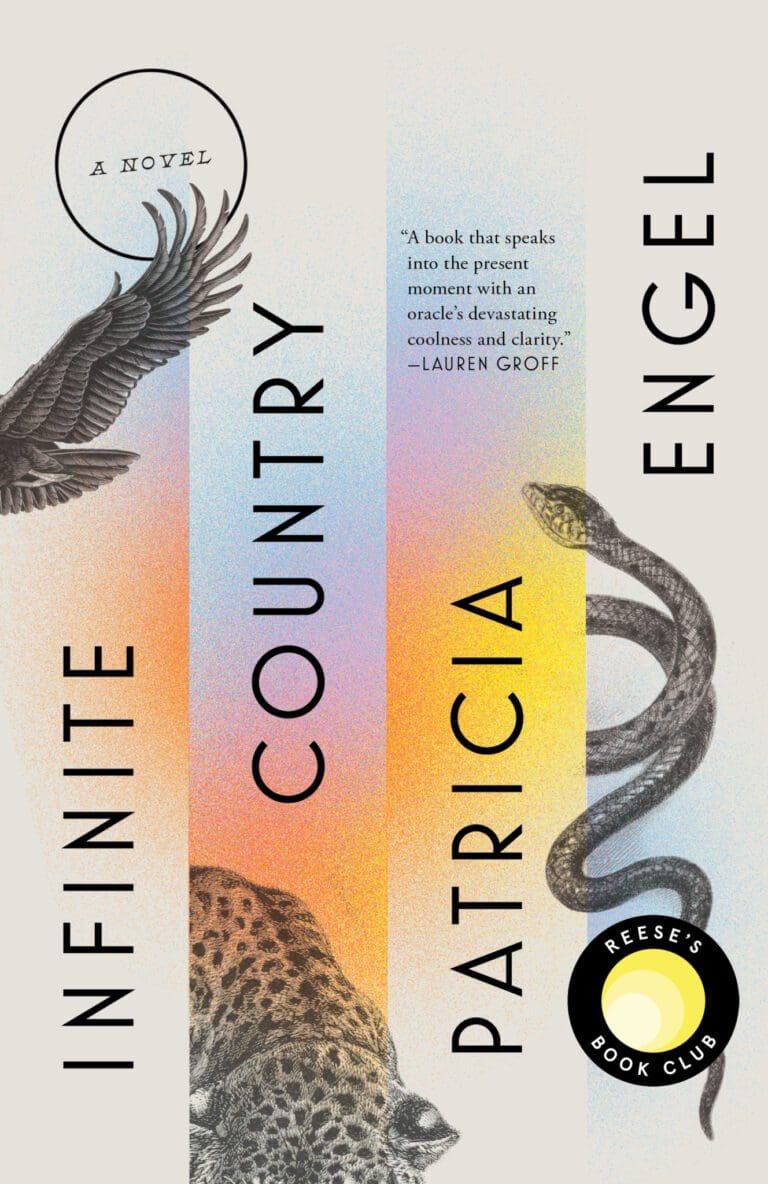
His talent and interest in translating nature into particles of light and colour will be a lifelong obsession. He marvels at “the water dripping over the moss, the wet leaves that drifted in the puddles, the circles of lichen, all in paint”. Despite their straitened circumstances, Louise is a nurturing caregiver and with precise brushstrokes, Laguna depicts the Loman brothers at play: on the iron roof of the shed at sunset, in the local stream with a toy boat, atop the magnificence that is Wallis, the nearby mountain range.Īfter his first art classes at school, Laurie begins to notice colour and to see the natural world as rendered by art. The first first few chapters are as idyllic and peaceful as a country picnic. Set in a small Victorian town near the Southern Grampians mountain range, the novel doesn’t roam far from Laurie’s house on 40 acres of land, where he lives with his younger brother Paul, and widowed mother, Louise.


This sad and sublime tale begins in 1953, when Laurie is 10 years old, and spans 40 years as he grows and ages and yet, for reasons that will duly be made apparent, the getting of wisdom is denied him as he reaches maturity. Laguna seems to have a preternatural talent for channelling the worldview of a child beset by ill luck and circumstance and here, again, she adopts such a perspective in her first-person narrative of Lawrence “Laurie” Loman.


 0 kommentar(er)
0 kommentar(er)
